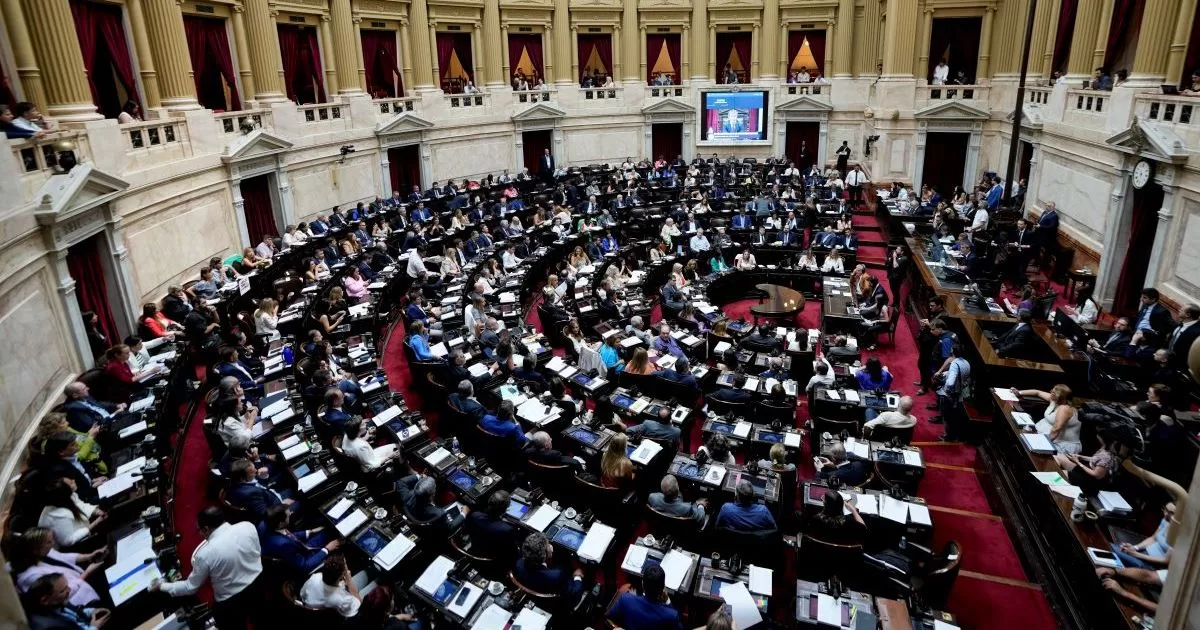Víctor Osorio / Reform Agency
Wednesday, February 08, 2023 | 17:30
The availability of water in Mexico will go from 10,000 cubic meters per person per year in 1960 to 3,000 in 2030, as a result of the increase in population, the deterioration and overexploitation of water resources, and the increase in droughts, warns an analysis of the Mexican Institute for Competitiveness (IMCO).
It details that the north and center of Mexico have been the regions most affected by factors such as the increase in the average annual temperature, the variation in rainfall and the insufficiency of the dam system.
“The increase in temperature and the variation in rainfall have affected the main hydrological basins of the country, which is why models based on climate scenarios and the updating of the regulations of the most vulnerable hydrological regions are required to deal with these effects”, points.
“The use of this natural resource (water) must have efficient regulation, management and investment in infrastructure that guarantee access and sanitation of water for personal, domestic, agricultural and industrial consumption. Its use must be equitable and sustainable, which implies the coordinated participation of the federal government, the federative entities and the citizenry”.
He stresses that it is necessary to consider the distribution of the population and its economy by region to define the allocation of water by type of use, be it public, agricultural, industrial supply or electricity generation.
In 8 of the 13 hydrological-administrative regions of the Country, he warns, more water is currently consumed than is available.
“The Lerma-Santiago-Pacífico, Balsas, Pacífico Norte, and Río Bravo regions are the ones with the highest annual water consumption, however, they are also the ones with the least availability of the resource,” he points out.
The entities with the largest volume of water in concession, he details, are Sinaloa, Sonora, Veracruz, Michoacán and Chihuahua; and those with the lowest volume are Aguascalientes, Mexico City, Baja California Sur, Tabasco and Tlaxcala.
Due to their high water consumption, particularly for agricultural activities, he points out, the municipalities of Ahome, El Fuerte, Guasave, and Culiacán in Sinaloa stand out; Cajeme, Alamos, Navojoa, Etchojoa in Sonora; and Mexicali in Baja California.
The IMCO warns about the depletion of the country’s aquifers.
Underground water extraction, he points out, increased by 5.8 million cubic meters per year from 2008 to 2020. Currently, he adds, 40 percent of the water comes from the 653 existing aquifers in Mexico and 60 percent from surface sources.
In 2018, he warns, 18 percent of the 169 aquifers in the country were overexploited.
Of the total overexploited aquifers, he indicates, 31 are located in the Lerma-Santiago-Pacífico region (which feeds the center of the country), 24 in the Northern Central Basins, 20 in the Río Bravo region and 18 in the Baja California Peninsula. (which feed the northern border).

